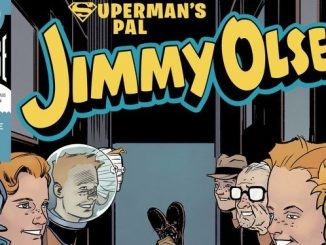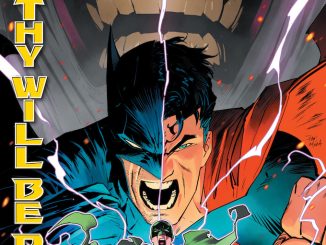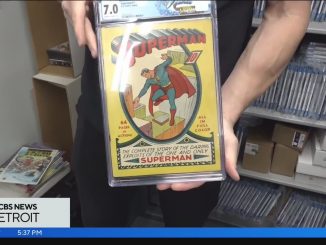By Craig Boehmer
This is a continuation of an analysis of Superman’s usage in team books. Prior installments have looked at Morrison’s JLA, and Jurgens’ Superman and the Justice League.
In 2011 DC publisher Dan Didio worked with Geoff Johns to reconfigure his major Flash event into a DC Universe altering event called Flashpoint. This was done as a way to partially reset the DC Universe, a reset called The New 52. The premier comic to start this new universe was Geoff Johns and Jim Lee’s Justice League #1. It acted as the first glimpse into what this new universe looked like. While Lee only stayed on the title for the first arc, Johns wrote Justice League for fifty issues, almost the entirety of its’ New 52 existence. The final two issues of the New 52 era were written by Dan Abnett, and then Dan Jurgens. Johns’ Justice League team was originally made up of Batman, Green Lantern, Aquaman, The Flash, Wonder Woman, Cyborg, and Superman. Later additions to the team include Shazam, Element Woman, The Atom (Rhonda Pineda), Firestorm, Luthor, and Captain Cold.
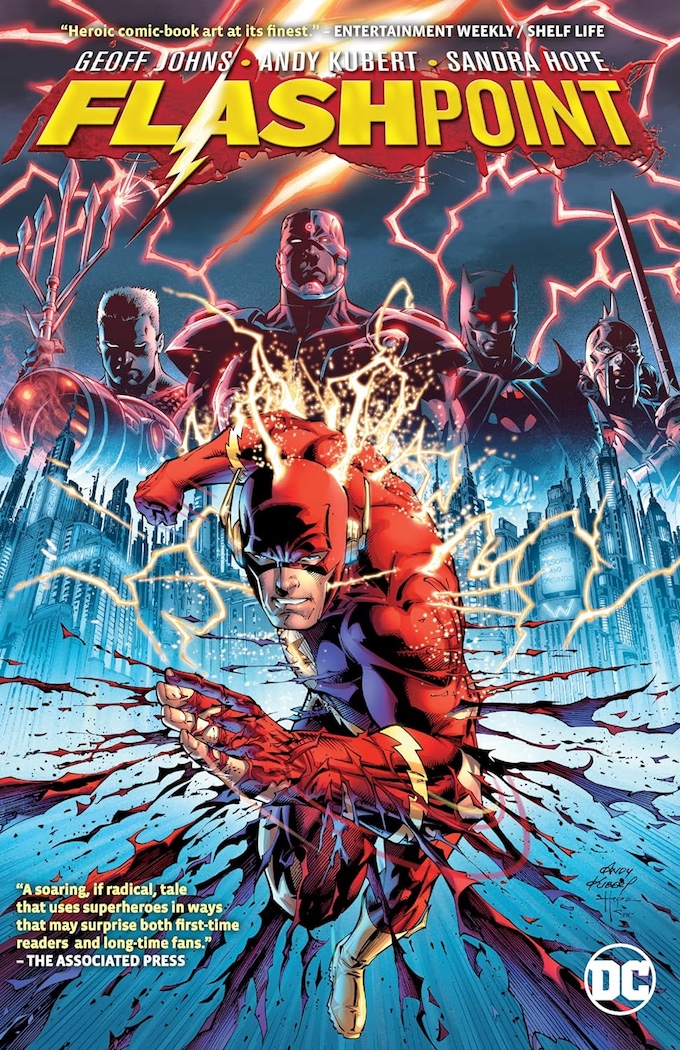
Johns’ run trended towards very big and bombastic events typically comprising multiple smaller arcs along the way. Between the big events there were occasionally small two-part stories, or one offs. Rereading the series it became very evident that it was the flagship of the DC universe, something that worked well for that era. The major arcs of the run were: Origins, The Villain’s Journey, Throne of Atlantis, Trinity War, Forever Evil, Amazo Virus, and Darkseid War. In the early issues Johns included a back up retelling the origin of Billy Batson’s Shazam as well.
Overall, the Johns run is a fast paced, action-packed romp. It is the epitome of a summer blockbuster comic series. The art is always gorgeous whether it is drawn by Jim Lee, Jason Fabok, Ivan Reis, or the host of incredibly talented pencilers that worked on this book. The team faces off against a bevy of heavy hitters starting with Darkseid and his Parademon Forces, moving on to Adam Graves, Ocean Master, the Crime Syndicate, the Amazo Virus, the Anti-Monitor, and Grail. I particularly enjoyed Adam Graves as a villain in The Villain’s Journey and the fight to cure the Amazo Virus.
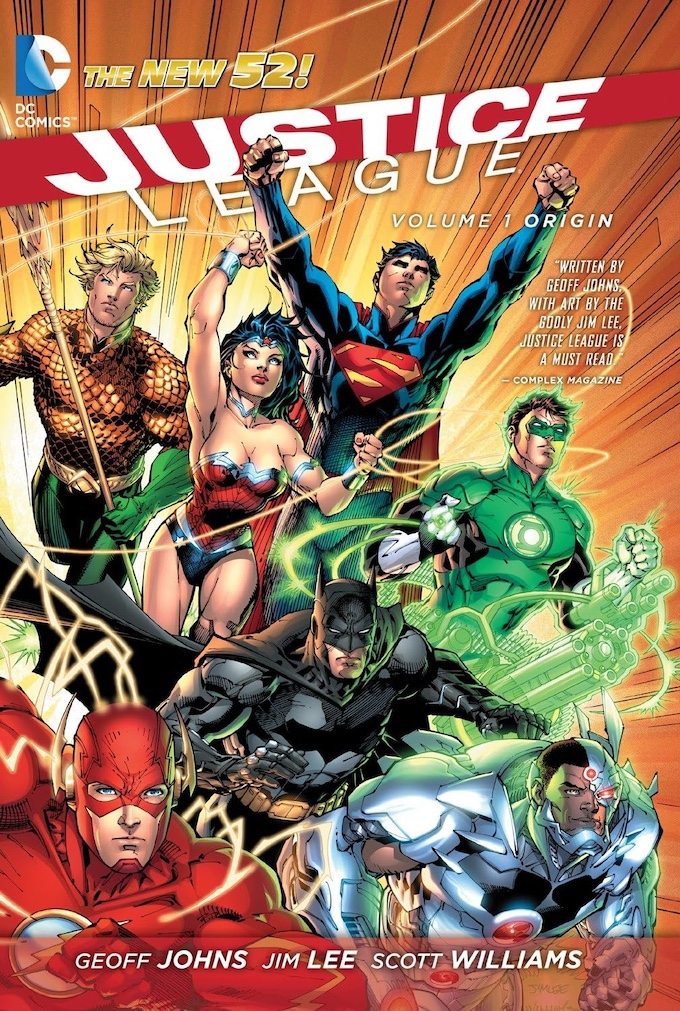
This run is incredibly fun, as a comic should be. When it came out, it injected a huge amount of excitement into the fandom about what the New 52 could be, and for a brief time, led DC to outsell Marvel. It is a run that is worth your dollars and your time. But, and it is a HUGE but, this is not a good portrayal of Superman. Superman is consistently portrayed as bland and static, over the fifty plus issues, he does not experience any significant character arc. He is routinely sidelined in the story to make room for other characters on the team, there are entire arcs where he is mostly absent from the main conflict. And he is the whipping boy to prove how strong other characters are. It was difficult to come to grips with the fact that such a fantastic run, could portray Superman so poorly.
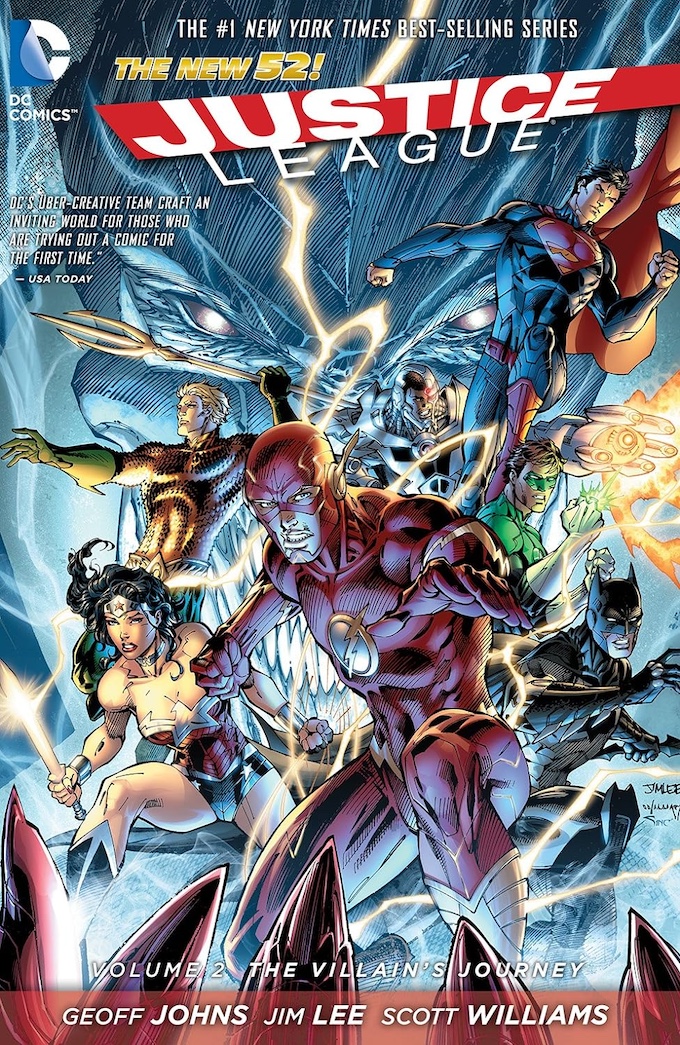
The first criticism is the most egregious in the run. He is bland. To any who argue that Superman is a boring character, this run could be used as evidence to support it. This Superman is quiet and angry, and that’s about it. There is no warmth or humanity in this character. Johns showcases the alien side of his character. His first interaction with other leaguers is when Hal and Bruce confront him in their investigation into the mother boxes. Hal initially believes that Superman may be part of the problem. This leads to Superman giving Hal and Bruce an angry beatdown. I loved seeing Superman take down these two heroes, but this becomes the basic core of his character in Johns’ story. It was particularly troubling to read this after reading Johns Superman run from earlier in the 2000s. Johns gets the character of the Post-Crisis Superman, but doesn’t provide New 52 Superman with the chance to evolve into an engaging character in the Justice League. Similar complaints have been made about Johns portrayal of Wonder Woman, however her usage improves significantly in the second half of the run after Johns finds her voice. Superman doesn’t get that luxury and it may be because he did not have any major arc anchored on him.
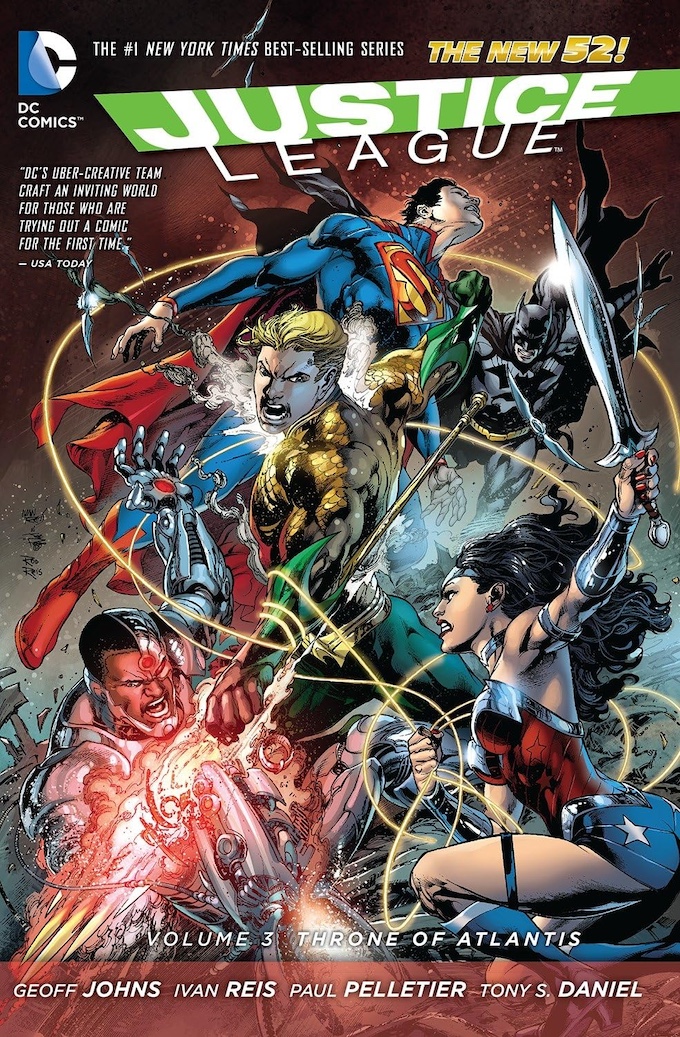
Superman was consistently sidelined during this run. He is poisoned during Trinity War, imprisoned in Forever Evil, and trapped on Apokolips twice, once during Origins, and again during Darkseid War. During Trinity War the inciting conflict is that Superman lost control of his powers and kills Dr. Light in a battle between the Justice League and their government counterparts the JLA. The story than focuses on the three Justice League groups, Justice League, Justice League America, and Justice League Dark, attempting to solve the mystery of why Superman killed Dr. Light. Meanwhile, Superman is incarcerated for the murder, and we later learn, he is slowly dying from kryptonite poisoning. These two story points effectively take Superman off the board for any of the meaningful beats of the conflict. We do get a pretty sweet moment where Superman defends Batman on a giant two page splash image of the various teams fighting. But the whole story seems hollow in its usage of Superman.
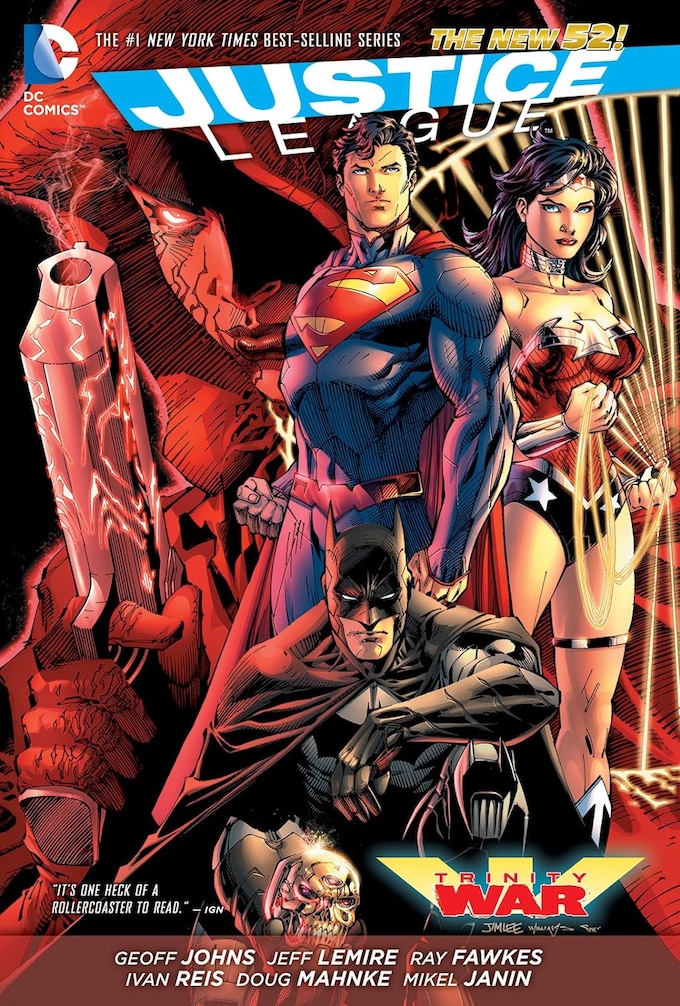
Later during Forever Evil, one of the best events during the New 52 era, Superman and many other Leaguers are gone for the duration of the story. They are absorbed into Firestorm’s matrix, and trapped there while the Crime Syndicate conquers earth. This allows notable villains like Luthor, and the Rogues, to fight back against the Crime Syndicate to free earth. The basic premise is understandable, and if the previous story arc (Trinity War) had utilized Superman, his absence here would not have been so sharply felt. But his notable absence for both arcs is really painful to read, especially because Batman is one of the only Leaguers left on earth to take down the Syndicate, so we get some great Batman love.
The first arc in the New 52 Justice League, and the last arc both sideline Superman by trapping him on Apokolips for major parts of the stories. In the first arc, Superman is the only character hit by Darkseid’s Omega Beam, and as a result taken to Apokolips. This example is not so egregious because it is only for parts of maybe two issues, and his return is highlighted by being the only hero able to forcefully move Darkseid through the Boom Tube. During Darkseid War his removal to Apokolips is a disappointing development because it removes him from a conflict between Darkseid and the Anti-Monitor.
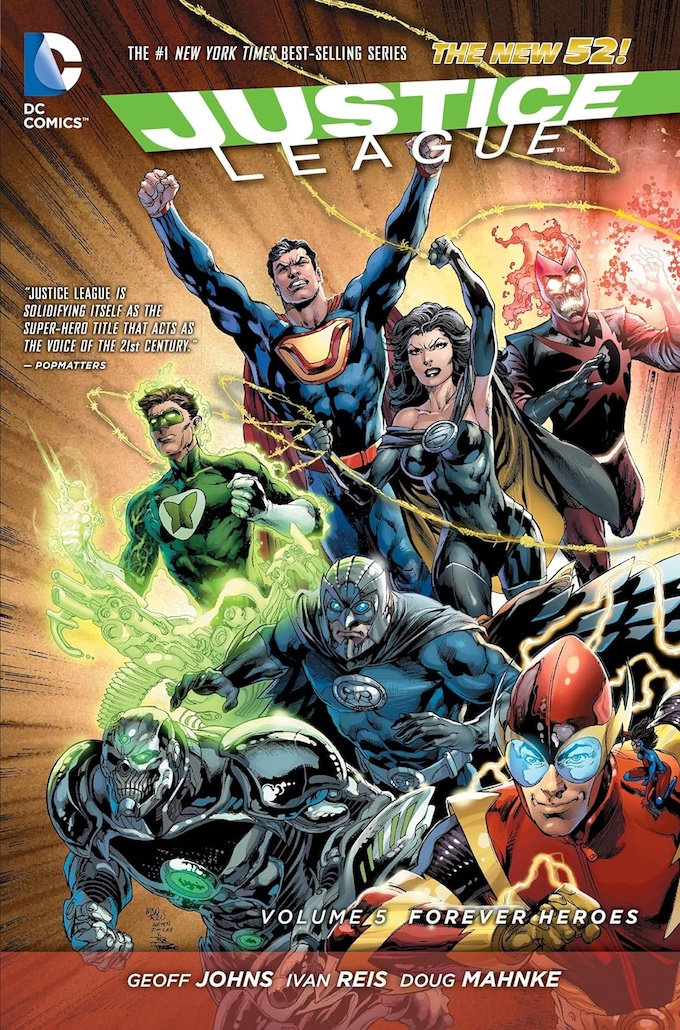
The tragedy in sidelining Superman so often is not that it happens, its that there are no story arcs that act as counterbalances. If Superman had story arcs where he was the focus, or even shared focus, the stories where he is sidelined would not feel as negative when reading them. He can’t be the main focus of every story, and that is ok, other characters need the spotlight too. However, the absence of a Superman centric story is incredibly noticeable. This proves true in his physical altercations as well. Too often Superman was used as a way to showcase the strength of the enemies or other characters. Three of the more egregious examples of this are Aquaman during the Throne of Atlantis, Shazam during Trinity War, and Wonder Woman in the Villain’s Journey.
In the second arc of the series called The Villain’s Journey, while the Justice League is investigating the disappearance of Steve Trevor, Diana and Hal get into an argument on the street in front of Steve’s sister’s house. Noticing the argument, Clark attempts to deescalate Diana. She returns the favour by throwing him down the street and into a few cars.
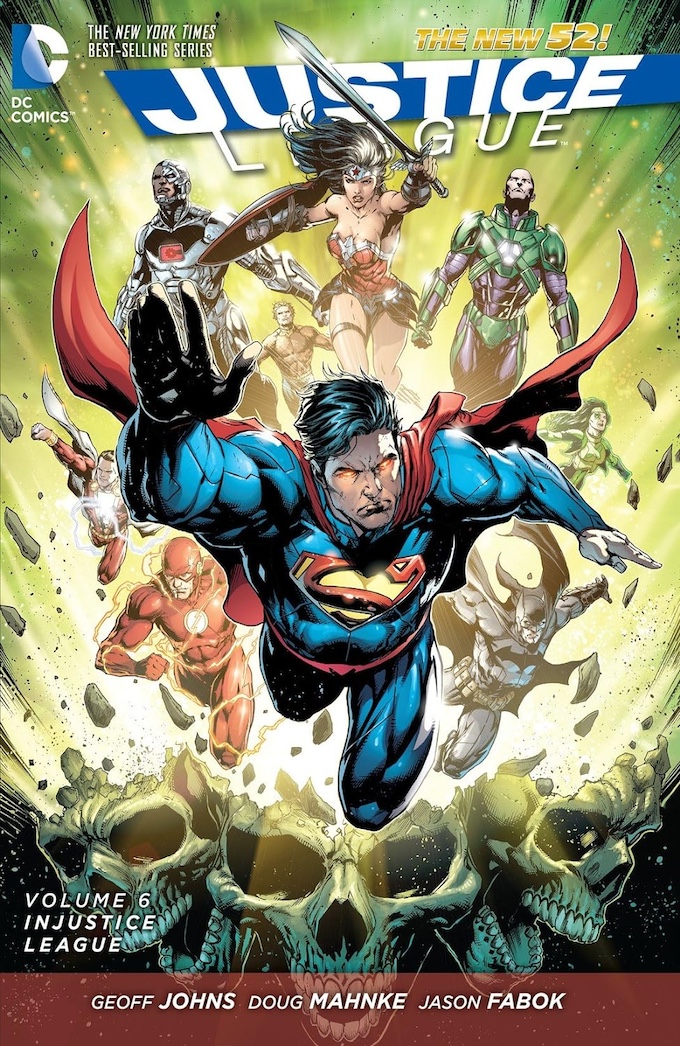
During the Throne of Atlantis storyline, which crossed over with Johns’ excellent Aquaman run, Ocean Master has a tense confrontation with the Justice League. The standoff occurs after Ocean Master has initiated a flood of major US East Coast cities, like Boston, Gotham, and Metropolis (which I guess has been retconned in Williamson’s run). During the standoff Aquaman feels caught between the Justice League and his brother Ocean Master. In a bizarre move instead of attempting to diffuse the situation, Aquaman coldcocks Superman and sends him reeling, devolving the situation into a chaotic super fight.
Later at the very beginning of Trinity War, Shazam is flying through Kahndaq to bury the ashy remains of Black Adam, whom he had defeated during the Shazam backups of Justice League. While he is travelling through Kahndaq, the Kahndaqi military is notified and gathers to confront the young hero. In order to prevent an international catastrophe, Superman and Wonder Woman track him down and attempt to remove him from the foreign nation. During this struggle, Shazam punches Superman, sending him soaring across the desert.
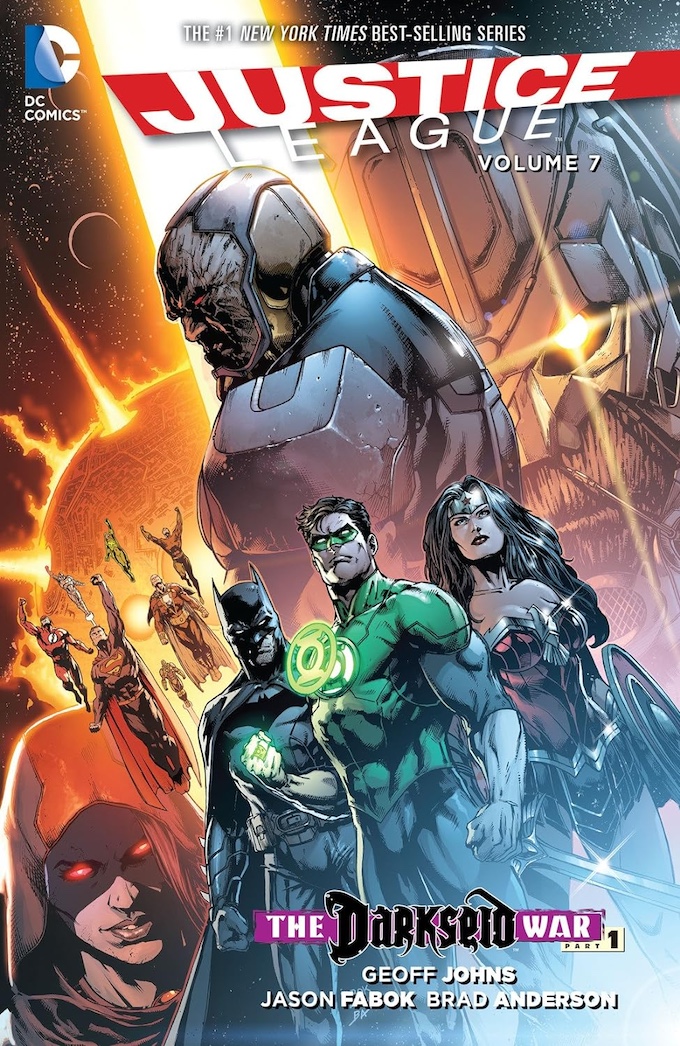
Its one thing for Superman to get beat up by villains like Darkseid but having him be routinely defeated by his allies in order to show how tough and strong they are is frustrating. Particularly egregious are the instances of Wonder Woman and Aquaman throwing him around. They aren’t necessary actions for increasing the stakes in the individual situations. When Wonder Woman takes her frustration towards Hal out on Clark it not only diminishes Clark’s powerset, but it also diminishes her as well. As well having Aquaman attacking Clark is also a major head scratcher, granted he was not in a good situation, but his choice goes a long way towards ramping up the conflict. I understand the Shazam situation a little more, Shazam is a young kid who is just recovering from a traumatic experience and lashes out at Superman without fully realizing what he is doing. But the other two examples continue the troubling trend of diminishing Superman in order to make other characters look better.
The propensity for Johns to sideline Superman or use him as a punching bag are similar to the arguments I had about Morrison’s handling of Superman in his JLA run. However not only does Morrison balance that with great Superman work, but the characterization of Superman in the late 90s and his place in the overall DC hierarchy was drastically different. In the New 52 Justice League Superman hasn’t earned that place among the heroes nor has he received a definitive characterization. This would have been a really cool chance to showcase him developing that place as the peak superhero of the DCU, instead there is very little to the Superman character in these collections, a problem that plagued some of the New 52 Superman titles. As a side note, I genuinely enjoyed quite a lot of the Superman stories in the New 52. It is hard not to read these stories and see the original Justice League characters having important character beats except for Superman, his most important development is a relationship with Wonder Woman. While I do love this run, it sadly does not provide enough Superman material to warrant him being on the team.


